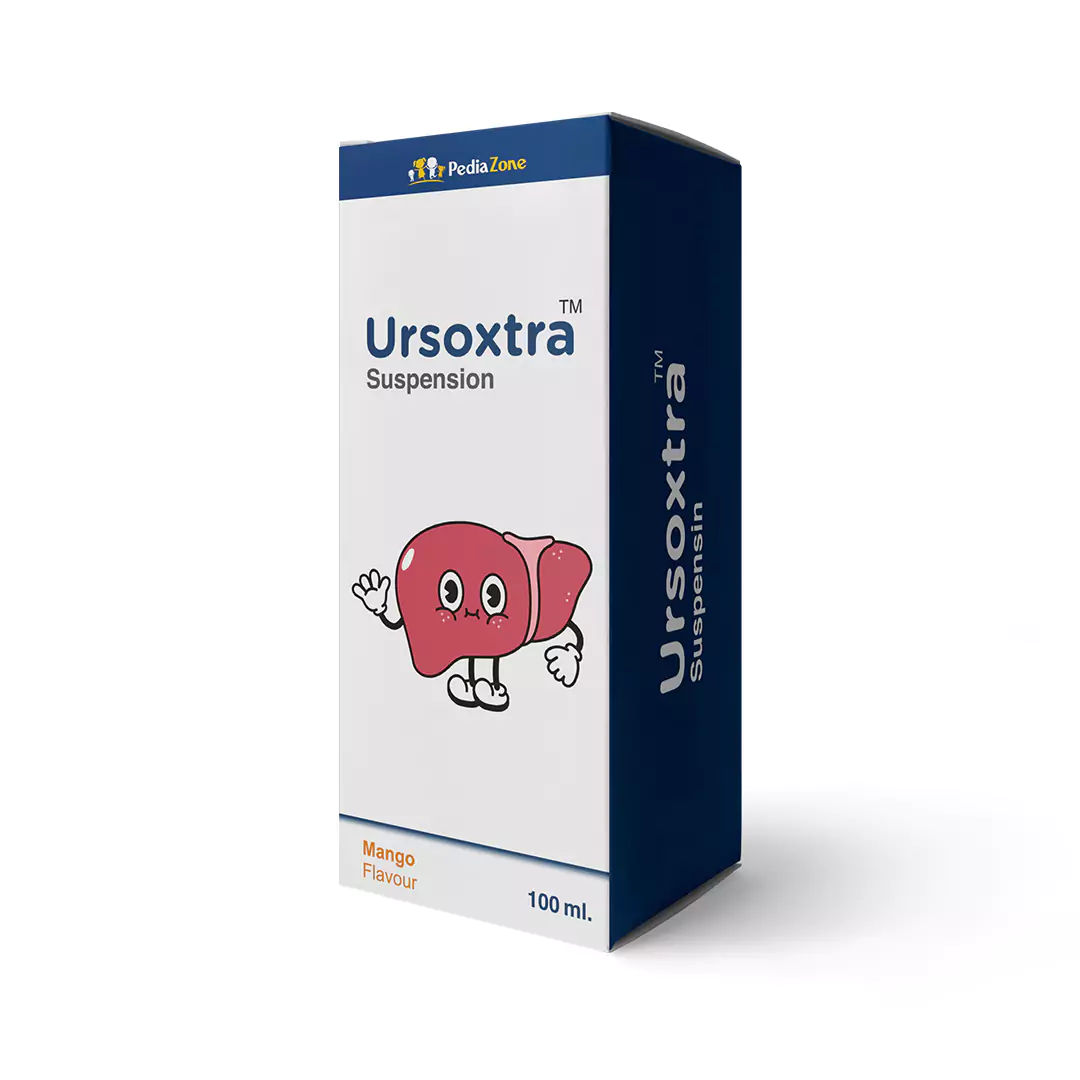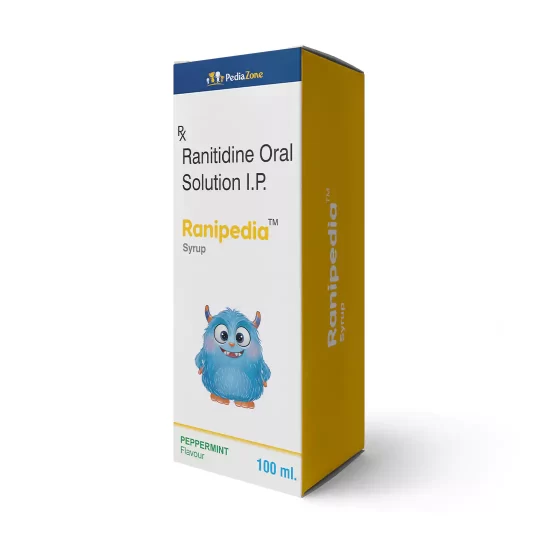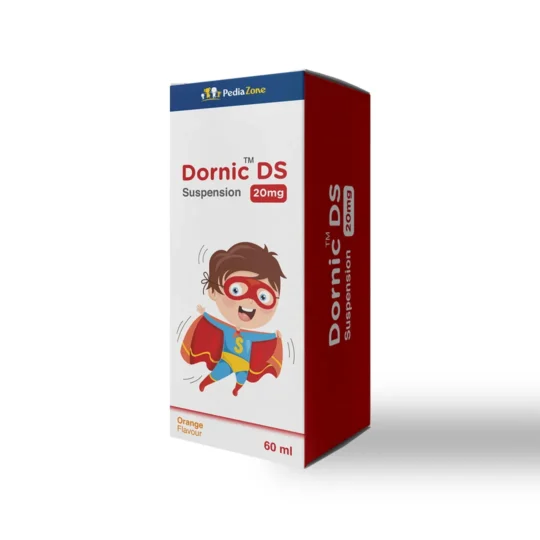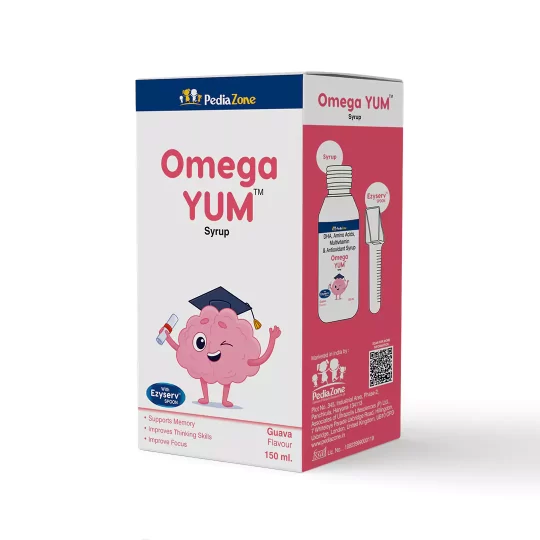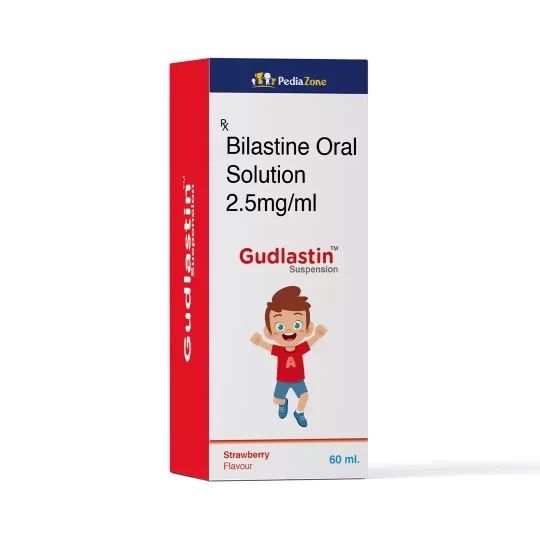Therapy/Class:
Therapy: Liver Diseases
Class: Bile Acid Agents or Bile Acid Sequestrants
Mechanism of Action:
It is a naturally occurring hydrophilic bile acid, derived from cholesterol, is present as a minor fraction of the total human bile acid pool. Oral administration of ursodiol increases this fraction in a dose related manner, to become the major biliary acid, replacing/displacing toxic concentrations of endogenous hydrophobic bile acids that tend to accumulate in cholestatic liver disease.
In addition to the replacement and displacement of toxic bile acids, other mechanisms of action include cytoprotection of the injured bile duct epithelial cells (cholangiocytes) against toxic effects of bile acids, inhibition of apoptosis of hepatocytes, immunomodulatory effects, and stimulation of bile secretion by hepatocytes and cholangiocytes.
Indication:
- Cholestasis
- Liver Disease due to Cystic Fibrosis
- Gallstone Dissolution and Prevention of Gallstones
Dosage & Administration:
HOW SUPPLIED:
References:
- Santoveña A, Sánchez-Negrín E, Charola L, Llabrés M, Fariña JB. Study of quality and stability of ursodeoxycholic acid formulations for oral pediatric administration. Int J Pharm. 2014 Dec 30;477(1-2):32-8
- Angelin, B., Ewerth, S., & Einarsson, K. (1983). Ursodeoxycholic acid treatment in cholesterol gallstone disease: effects on hepatic 3-hydroxy-3-methylglutaryl coenzyme A reductase activity, biliary lipid composition, and plasma lipid levels. Journal of Lipid Research, 24(4), 461-468.
- National Library of Medicine, StatPearls Treasure Island (FL): StatPearls Publishing; 2024 Jan-.

